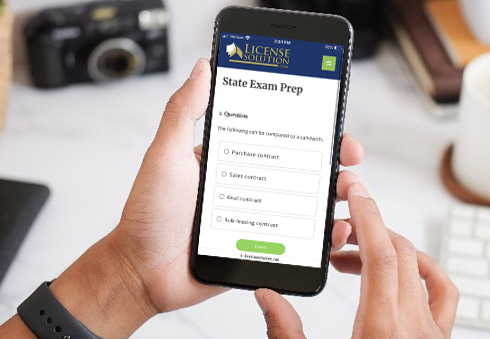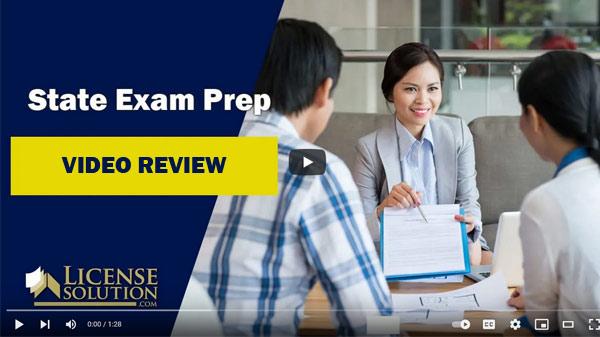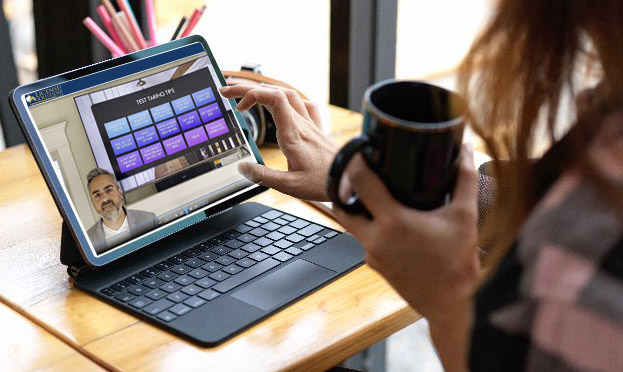The Covid-19 pandemic has certainly changed the way many of us work. I, for one, have not been in an office since March 2020. Restaurants are starting to serve outdoors after trying to survive purely on take-out business for months, and salons are slowly opening with strict protocols in place so we can all stop looking like something the cat dragged in. With that as the backdrop, it comes as no surprise that the pandemic has also affected the way real estate agents have to do their jobs.
Whether you are a new licensee, a well-seasoned real estate agent, or something in between, the name of the game in your job is still the same these days: getting the listing. But the usual method for obtaining a listing is pretty much off the table for now. So, what is a real estate agent to do? Don’t fret. People are still buying and selling homes, so you will merely need to make some adjustments and so will your prospective clients.
As you know, the listing presentation is your pitch to a prospective seller to represent them in a real estate transaction. Succeeding with your presentation means that you will sign on a new client and receive a commission after you sell their home. To prepare for the listing presentation, you must do your research on the property, prepare a comparative market analysis to arrive at a price range for the home, and organize a professional listing marketing plan. In doing this, you will gain the seller’s trust, credibility, and confidence that you know what you are doing.
To be honest, these steps are the same, whether there is a pandemic lurking all around us or not. The only difference is how you relay the information to the prospective client.
A Technology Assist
Technology. We love it and we hate it. But it is keeping many of us employed right now. Most of you in real estate are pretty tech savvy already, but your prospective clients may not be, especially those of a certain age. It will be up to you to help them if you are to get their listing during the pandemic. Technology will be key. If they are a bit hesitant, take them through it slowly and carefully.
Eventually, you will need to introduce a potential client to Zoom, Skype, or another virtual meeting platform to arrange a face-to-face digital interview. To ease their anxiety about managing the technology, just tell them you will email them a link and all they need to do is click on it and then you will be there together, virtually. It really is as simple as that (says the person who used Zoom for the first time a few months ago).
Preparing for the Listing Presentation
It is difficult to evaluate a prospective client’s home without seeing it. In order to view it, it may be a good idea to either have them do a virtual walk-through using FaceTime or Skype with you on the other end, or to have them simply walk around and take a video of their home with some commentary and email it to you. Instruct them to go slowly from room to room, pointing out features, explaining updates and the cost of those improvements, and discussing the parts of the home that potentially need updating. If the two of you do it by FaceTime or Skype, it is also a good way to begin to form a relationship with them in somewhat of a relaxed way before you do your formal presentation.
Prior to your virtual listing presentation, you might also want to consider putting together a pre-listing packet. This might include comparative pricing (“comps”), client testimonials, and possibly a short video you took of the outside of the home, where you can specifically mention something you saw that you can complement, such as the beautiful rose bushes under the front window, the grand magnolia tree in the garden, or the welcoming entry door with decorative glass. And you might want to include a second brief video to introduce yourself and to talk about the unique benefits of working with you as their agent.
You could also set up links to the comps you will be going over and to the listing contract in advance so they can easily access them from an email.
The Listing Presentation
The most important part of the virtual listing presentation is making sure the prospective client is comfortable with the technology. Again, you should do all the legwork in getting everything to work smoothly and just send them a link to Zoom or your favorite meeting platform. They should only have to click it to get there. The second most important part of the listing presentation you have already completed: the preparation. You can refer to the pre-listing packet you sent them and work from there. From this point forward, it is like any other listing presentation.
Focus on the prospective client’s needs with respect to selling their home: their timeline, what is most important to them, and even how they are feeling about selling the home. That will help you to foster your relationship with them. You will also want to start incorporating data from the local housing market (with some facts and figures) and let that lead into a detailed discussion about the comps you are using. Again, they can follow along with you when you reference the comp analysis you provided in the pre-listing packet so they will understand the rationale behind the price range you suggest for listing their home.
Of course, your primary focus will be to discuss in some detail your marketing approach to selling their home. Every homeowner believes their home is unique, so it is important to let the seller know that you will develop a special narrative for what it is like to live there, and you will make sure a photographer (preferably a professional) captures its essence. Be sure to explain that that narrative and the photos will run throughout your marketing campaign, from the description in the MLS, to a feature layout on your own website, to blog posts and flyers. Creating a narrated video tour of the home is also an effective tool. Some agents even set up a website just for that home. You will also want to leverage social media to amplify the listing, such as Pinterest, Facebook, Twitter, Instagram, and LinkedIn, to name a few. And naturally, paid advertising is key to getting the word out. Pay-per-click ads on search engines with colorful descriptions and key words are a good option. And of course, good old-fashioned, professionally prepared mailers with photos and your special narrative are very useful, especially if you include a link to the home’s or your website that includes the online video tour!
Plenty to discuss. And plenty to get the homeowner excited about working with you, even if it’s over Zoom. Your virtual listing presentation will be just as much of a winner as your in-person presentation would have been.
Covid-19 has created challenges for many people in the work place. If you are looking to change careers, getting your license and becoming a real estate agent can still open doors for you even through the Covid-19 pandemic.











